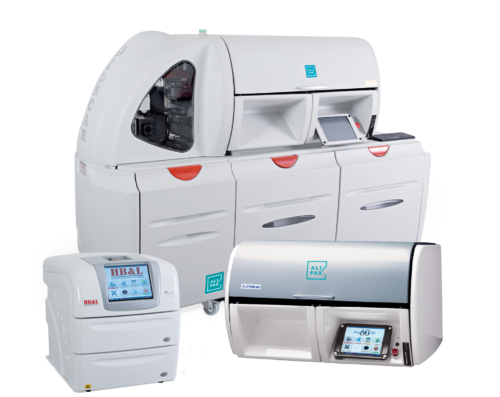MULTI DRUG RESISTANT ORGANISMS
Rapid and automated phenotypic screening
Fast and accurate diagnostics is a key component of addressing SEPSIS and AMR together, also the antimicrobial stewardship programs can benefit from the investigation of bloodstream pathogens and their associated antimicrobial resistances
MDRO Line kits are the only phenotypic tests for the effective screening of carries and infected subjects that provide results in a few hours with performances superior to direct culture
BLOOD CULTURE APPLICATIONS
Bloodstream infections caused by resistant microorganisms are one of the most potentially life-threatening infections associated with high morbidity and mortality representing a real challenge for clinicians
The New applications of Alifax MDRO screening kits for positive blood culture, support clinicians with fast and accurate information for the management of critically ill patients and could represent a key component of SEPSIS Improvement Programs and Antimicrobial Stewardship Programs to fight resistances and optimize outcomes

STOP SPREAD OF RESISTANCES
The detection of resistant bacteria in swab samples is an effective screening of carriers to prevent the microorganism spread, quickly identify and isolate patients with serious infections, support patient management with personalized therapy, as well as promptly control the outbreaks

“Comparing nephelometry HB&L method with the traditional one which goes from 24 to 48 hours, the
difference is remarkable. Time reduction is the key”
Josa AMCI – Colombia 2019
MDRO Line kits
- Fast results
- Automated reading
- High Sensitivity and NPV
- Easy interpretation of results: negative or positive
- Automatic screening available on HB&L, ALFRED 60/AST and fully automated workflow on SIDECAR


Laser Light Scattering technology
The technology based on light scattering is able to detect the presence of bacteria and their drug resistance in a few hours with high sensitivity and specificity
- Fully automation
- Reduced workloads and hands on time
- Method standardization
- Complete integration with other technology already present in the lab
- Simultaneously management of multiple tests
